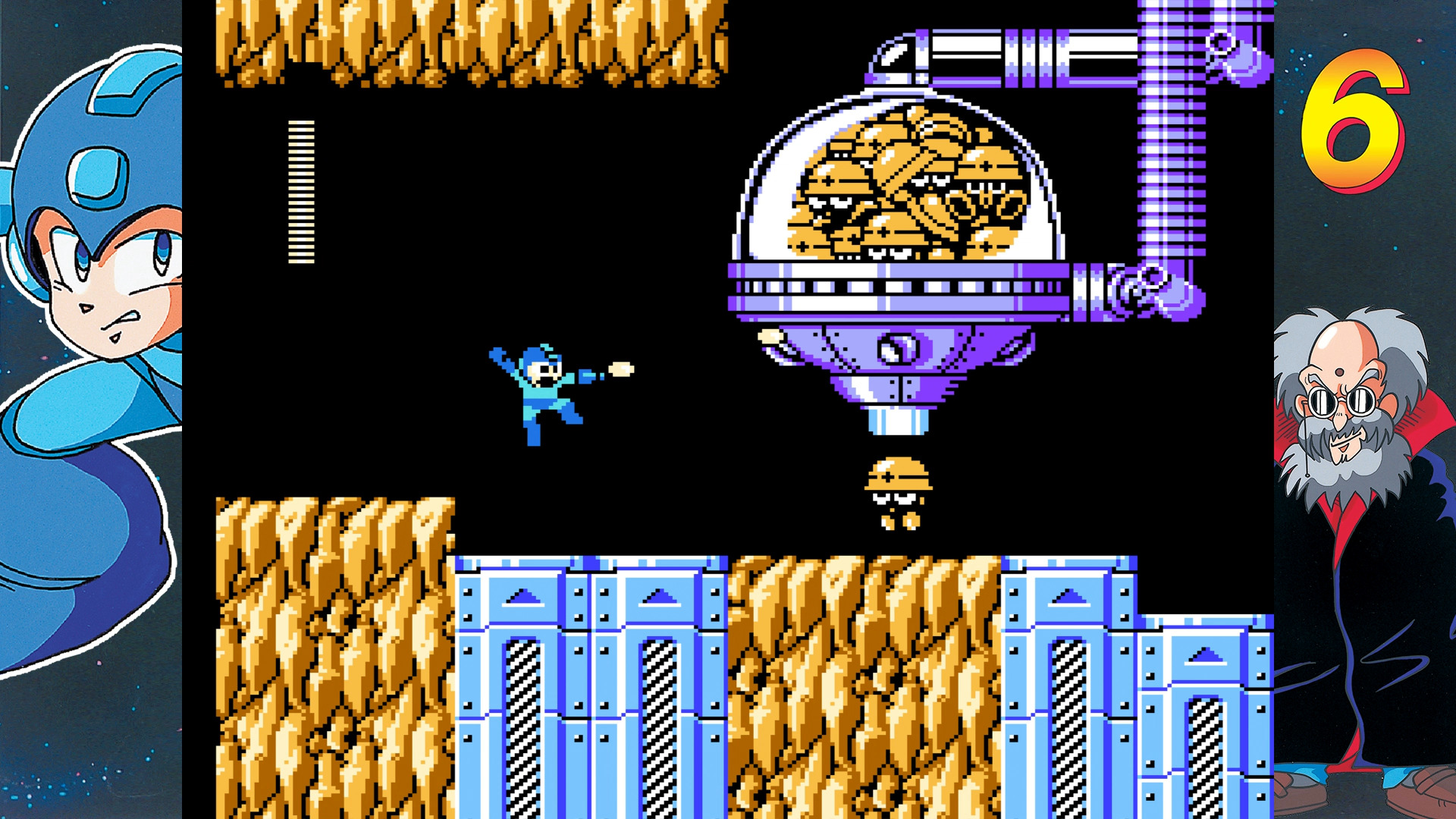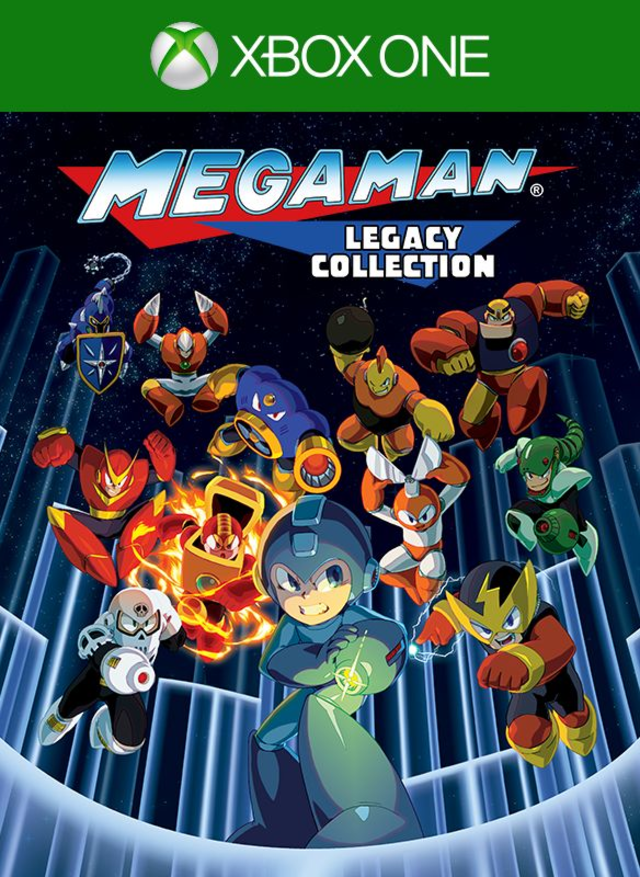
Series : Mega Man Developer : Digital Eclipse Genre : Game Collection Release Info : Xbox Game Pass Emulates Mega Man (1987 NES) Mega Man 2 (1988 NES) Achievements : trueachievements.com
not completed.

Image source: loadthegame.com
Analysis
Article: Tech Analysis: Emulation and Aspect Ratio
A discussion of how aspect ratio is handled in emulators, and the use of bezels and overlays.
Read more...

